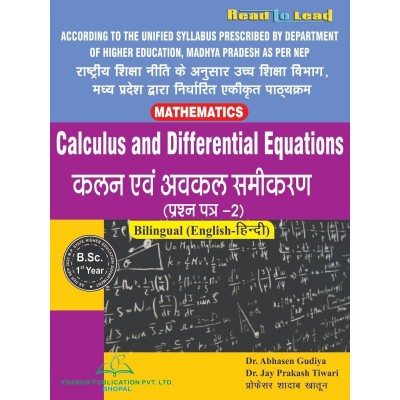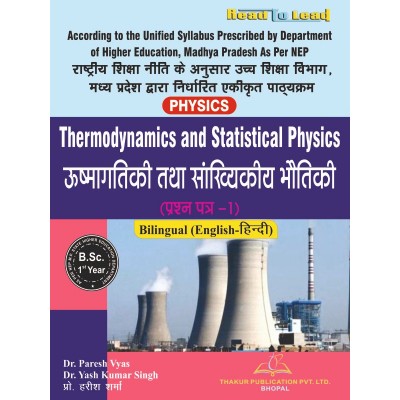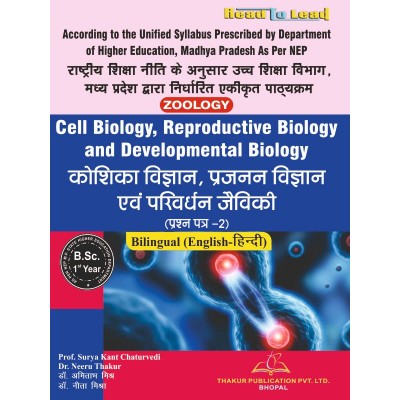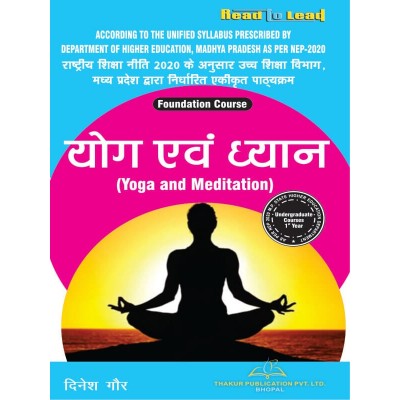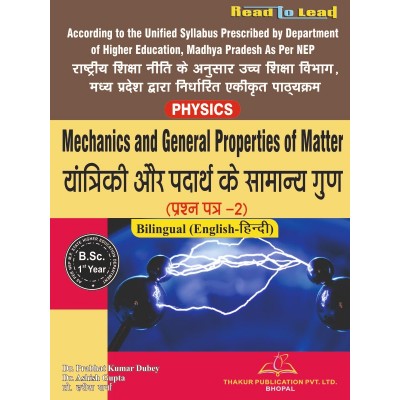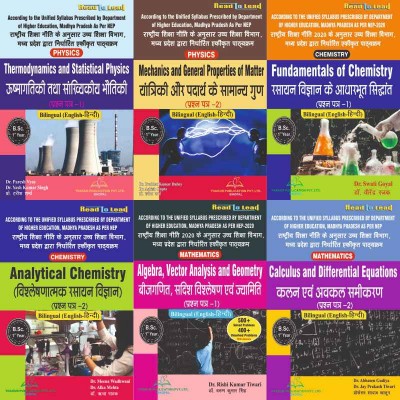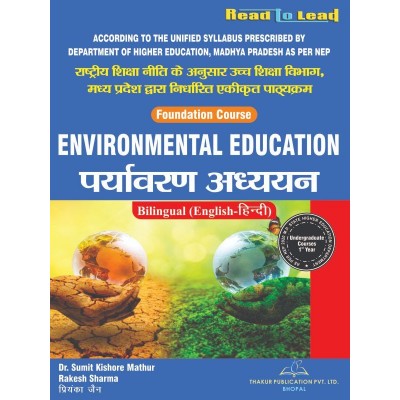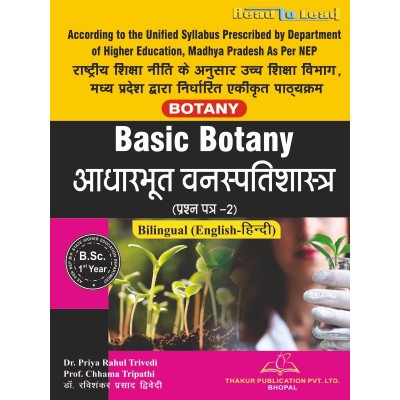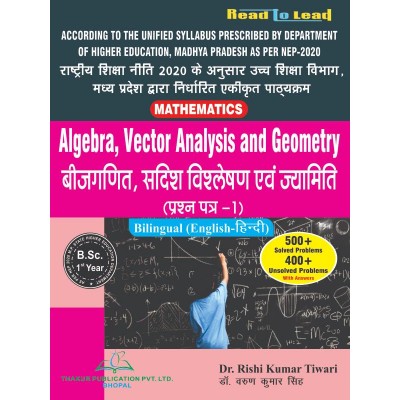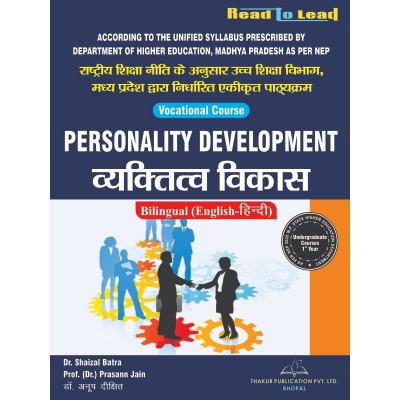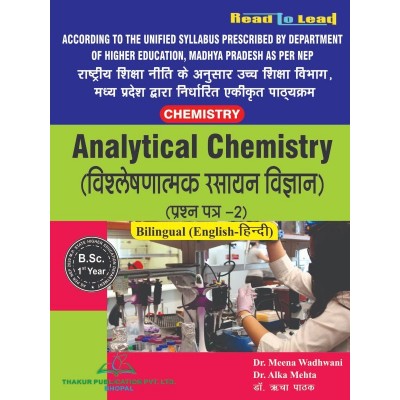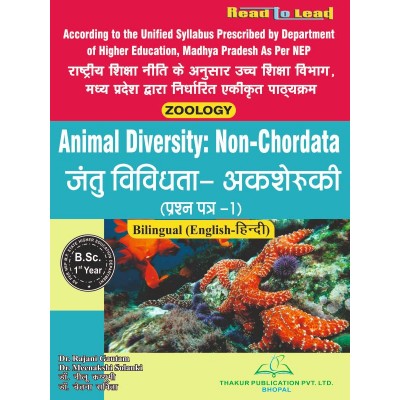Categories
- Pharmacy
-
Nursing
-
MBA
-
BBA
- U.P. State University
- Veer Bahadur Singh Purvanchal University, Jaunpur
- Chaudhary Charan Singh University, Meerut
- Dr. Bhimrao Ambedkar University, Agra
- Chhatrapati Shahu Ji Maharaj University, Kanpur
- Mahatma Jyotiba Phule Rohilkhand University, Bareilly
- Mahatma Gandhi Kashi Vidyapith, Varanasi
- Dr. Ram Manohar Lohia Avadh University, Ayodhya
- Deen Dayal Upadhyaya Gorakhpur University
- Prof. Rajendra Singh (Rajju Bhaiya) University, Prayagraj
-
BCA
- UP State Universities
- University of Pune
- I.K.Gujral Punjab Technical University (PTU)
- University of Rajasthan
- Rashtrasant Tukadoji Maharaj Nagpur University
- Uttar Pradesh NEP2020
- University of Rajasthan ,Jaipur (According to NEP-2020)
- BCCA (B. Com - Computer Science)
- Haryana
- West Bengal
- BBA (CA)
- PUNE BCA (Sci,Commerce)/B.Com (CA)
- Dr. A. P. J. Abdul Kalam Technical University, Lucknow ( AKTU )
- MCA
-
B Ed
- Lucknow University B.Ed Books
- Chaudhary Charan Singh University/Maa Shakambhari University, Saharanpur
- Dr Bhim Rao Ambedkar University, Agra
- Mahatma Gandhi Kashi Vidyapeeth, Varanasi
- Chhatrapati Shahu Ji Maharaj University
- Prof. Rajendra Singh (Rajju Bhaiya) University, Prayagraj (PRSU)
- Mahatma Jyotiba Phule Rohilkhand University(Mjpru), Bareilly
- Dr. Ram Manohar Lohia Avadh University, Ayodhya
- Bundelkhand University, Jhansi
- B.A,B.ed
- B.Sc, B.ed
- Deen Dayal Upadhyaya Gorakhpur University
- Veer Bahadur Purvanchal University (VBPU)
- Maharaja Suhel Dev State University ,Azamgarh (MSDSU)
- Raja Mahendra Pratap Singh State University, Aligarh (RMPSSU)
- Barkatullah Vishwavidyalaya (Bhopal)
- Jiwaji University (Gwalior)
- Vikram University (Ujjain)
- Dr. Harisingh Gour University (Sagar)
- Devi Ahilya Vishwavidyalaya (Indore)
- Rani Durgavati Vishwavidyalaya (Jabalpur)
- Awadhesh Pratap Singh University (Rewa)
- Maharaja Chhatrasal Bundelkhand University (Chhatarpur)
- D. EL. ED
- TET
-
B Com
-
B Sc
- B.Sc. U.P. State Universities Common Syllabus NEP
- Veer Bahadur Singh Purvanchal University, Jaunpur
- University of Lucknow
- Chaudhary Charan Singh University, Meerut
- Madhya Pradesh
- Chhatrapati Shahu Ji Maharaj University, Kanpur
- Dr. Bhimrao Ambedkar University, Agra
- Mahatma Gandhi Kashi Vidyapith, Varanasi
- DEEN DAYAL UPADHYAYA GORAKHPUR UNIVERSITY
- Prof. Rajendra Singh (Rajju Bhaiya) University, Prayagraj
- Dr. Ram Manohar Lohia Avadh University, Ayodhya
- Mahatma Jyotiba Phule Rohilkhand University, Bareilly
- Uttarakhand State Universities
- B.Sc. Bihar Universities Common Syllabus NEP
- University of Rajasthan (Jaipur)
- Haryana
-
Bachelor of Arts [B.A.]
- B.A. Of U.P. State Universities Common Syllabus NEP
- Veer Bahadur Singh Purvanchal University, Jaunpur
- University of Lucknow
- Chaudhary Charan Singh University, Meerut
- Chhatrapati Shahu Ji Maharaj University, Kanpur
- Dr. Bhimrao Ambedkar University, Agra
- Mahatma Gandhi Kashi Vidyapith, Varanasi
- Deen Dayal Upadhyaya Gorakhpur University
- Prof. Rajendra Singh (Rajju Bhaiya) University, Prayagraj
- Dr. Ram Manohar Lohia Avadh University, Ayodhya
- Mahatma Jyotiba Phule Rohilkhand University, Bareilly
- Madhya Pradesh
- Uttarakhand
- Bihar
- University of Rajasthan (Jaipur Syllabus as Per NEP2020)
- Haryana NEP-2020
- B Tech
- LLB
- SWA Education
Fundamental Of Chemistry (रसायन विज्ञान के आधारभूत सिद्धांत)
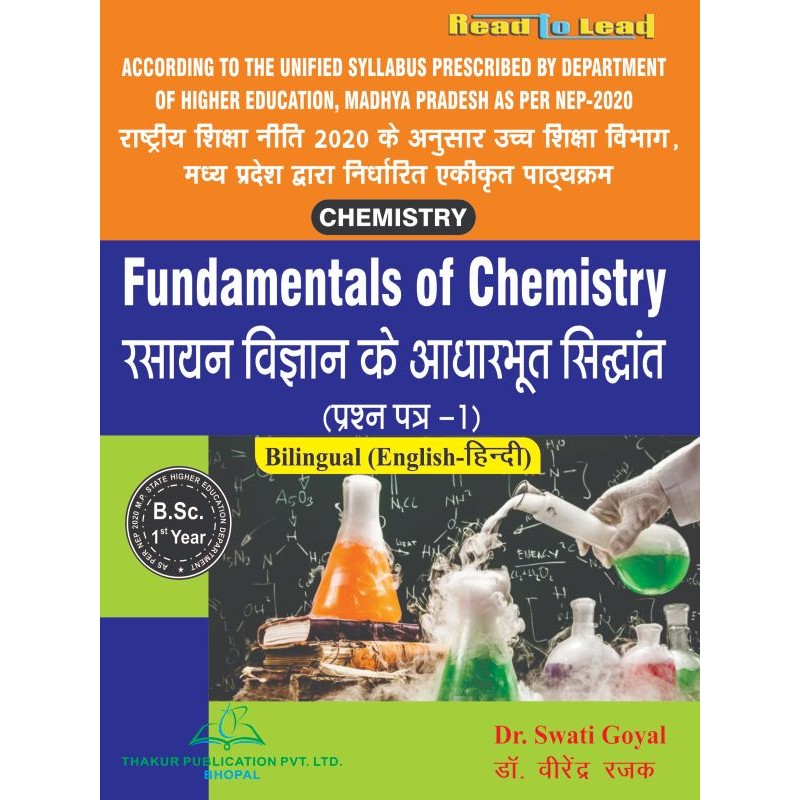
ISBN- 978-93-90570-98-0
AUTHORS- Dr. Swati Goyal, Dr. Virendra Rajak
Tax excluded
ISBN- 978-93-90570-98-0
AUTHORS- Dr. Swati Goyal, Dr. Virendra Rajak
Syllabus
Fundamentals of Chemistry
|
Units
|
Topics
|
|
|
1
|
a) Chemical techniques in ancient India – General Introduction.
b) Contribution of ancient Indian scientists in chemistry, e.g., metallurgy, dyes, pigments, cosmetics, Ayurveda, Charak Sanhita.
Atomic Structure:
i) Review of Bohr’s theory and its limitations. Atomic spectrum of Hydrogen. Dual nature of particles and waves, de Broglie’s equation, Heisenberg’s Uncertainty principle and its significance. Uncertainty principle and its significance.
ii) Quantum numbers and their significance. Rules for filling electrons in various orbitals, Pauli’s Exclusion Principle, Hund’s rule of maximum multiplicity, Aufbau principle and its limitations, Variation of orbital energy with atomic number.Electronic configurations of the atoms. Stability of half-filled and completely filled orbitals, concept of exchange energy. Relative energies of atomic orbitals, Anomalous electronic configurations. |
|
|
2
|
Elementary idea of the following properties of the elements with reference to s & p-block elements in periodic table.
· Effective nuclear number (EAN), shielding or screening effect, Slater rules, variation of effective nuclear charge in periodic table. · Atomic radii (van der Waals). · Ionic and crystal radii. · Covalent radii (octahedral and tetrahedral).
Detailed discussion of the following properties of the elements, with reference to s & p-blocks. · Ionisation energy – Successive ionisation energy and factors affecting ionisation energy. Applications of ionisation energy.
· Electronegativity– Pauling’s/ Mulliken’s electronegativity scales. Variation of electronegativity with bond order, partial charge, hybridisation.
|
|
|
3
|
Chemical Bonding
i) Ionic Bonding: General characteristics of ionic bonding.
Ionic Bonding and Energy: Lattice and solvation energies and their importance in the context of stability and solubility of ionic compounds. Statement of Born-Lande equation for calculation of lattice energy, Madelung constant, Born-Haber cycle and its applications. Covalent character in ionic compounds, polarising power and polarisability, Fajan’s rules.
ii) Covalent Bonding: Lewis structure, Valence Bond theory (Heitler- London approach). |
|
|
|
Hybridisation – Concept, types (sp, sp2, sp3, dsp2, d2sp3) with suitable examples of inorganic and organic molecules.
Ionic character in covalent compounds–dipole moment and percentage ionic character.
Valence Shell Electron Pair Repulsion Theory (VSEPR) theory– Assumptions, need of theory, application of theory to explain geometries or shapes of some inorganic molecules and ions on the basis of VSEPR and hybridisation with suitable examples of linear, trigonal planar, square planar, tetrahedral, trigonal bipyramidal and octahedral arrangements such as–NH3, H2O, SF4, ClF3, PCl5, SF6, ClF5, XeF4.
Molecular Orbital (MO) Concept of Bonding
The approximations of the theory, Linear combination of atomic orbitals (LCAO) (elementary pictorial approach).
Rules for the LCAO method, bonding and antibonding MOs. Characteristics for s-s, s-p and p-p combinations of atomic orbitals, non-bonding combination of orbitals. MO diagrams of homonuclear diatomic molecules– H2, Li2, Be2,. B2, C2, N2, O2, F2, and their ions. Molecular orbitals of heteronuclear diatomic molecules– CO, NO, CN, HF.
Bond Parameters: Definition and factors affecting – bond orders, bond lengths, bond angles. |
|
|
4
|
Acid-Base Concept
Arrhenius concept, Bronsted-Lowry’s concept, conjugate acids and bases, relative strength of acids, Lewis concept, pH, buffer solutions. Acid-base neutralisation curves, Handerson equation.
Strength of Organic Acids and Bases: Comparative study with emphasis on factors affecting pK values.
Indicator, choice of indicators. |
|
|
5
|
a) Fundamentals of Organic Chemistry
Structure, shape and reactivity of organic molecules:
Physical Effects, Electronic Displacements: Inductive Effect, Electromeric Effect, Resonance and Hyperconjugation.
Cleavage of Bonds: Homolysis and Heterolysis.
Reactive Intermediates: Carbocations, Carbanions and free radicals. Nucleophiles and electrophiles.
b) Stereochemistry of Organic Compounds:
Concept of isomerism.
Geometrical Isomerism: Determination of configuration of geometric isomers. E&Z system of nomenclature, geometric isomerism in oximes and alicyclic compounds.
Optical Isomerism: Elements of symmetry, molecular chirality, enantiomers and their properties, stereogenic centre, optical activity of enantiomers.
Concept of Chirality (up to two Carbon Atoms): Chiral and achiral molecules with two stereogeniccentres, diastereomers, threo and erythroisomers, meso isomer, resolution of enantiomers, inversion, retention and racemisation. Relative and absolute configuration, sequence rules, D&L and R&S systems of nomenclature.
Conformations and Conformational Analysis
Conformations of ethane, butane and cyclohexane. Interconversion of Wedge Formula, Newman, Sawhorse and Fischer representations. |
|
|
6
|
Chemical Kinetics: Rate of reaction, Definition and difference of order and molecularity. Derivation of rate constants for first, second, third and zero order reactions and examples. Derivation for half-life period. Methods to determine the order of reactions. Effect of temperature on rate of reaction, Arrhenius equation, concept of activation energy.
Ionic Equilibria: Strong, moderate and weak electrolytes, degree of ionisation, factors affecting degree of ionisation, ionisation constant and ionic product of water. Common ion effect.
Salt hydrolysis–calculation of hydrolysis constant, degree of hydrolysis and pH for different salts. Solubility and solubility product of sparingly soluble salts – applications of solubility product. |
|
14 other products in the same category:
Your review appreciation cannot be sent
Report comment
Report sent
Your report cannot be sent
Write your review
Review sent
Your review cannot be sent









